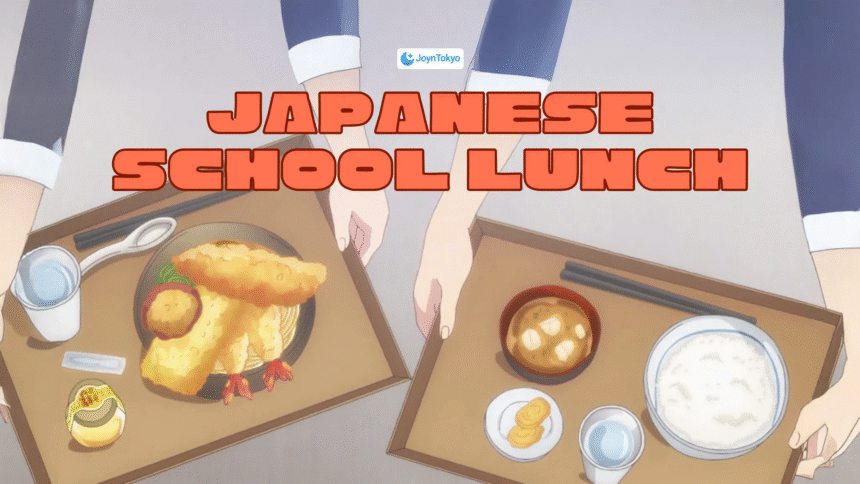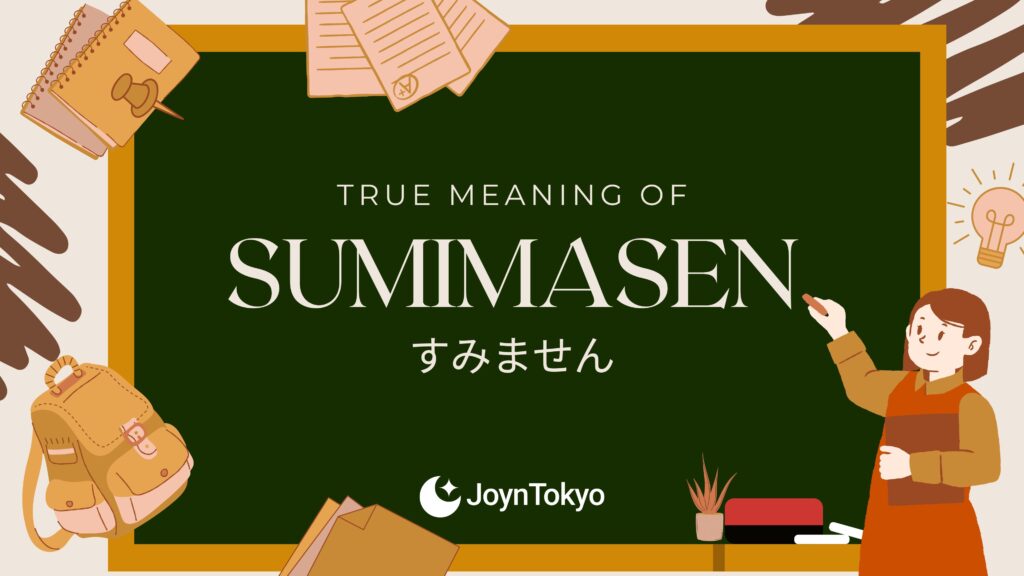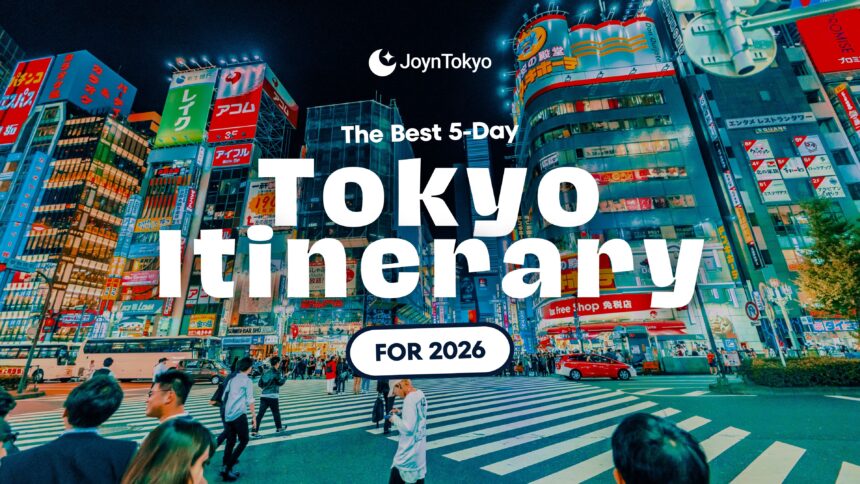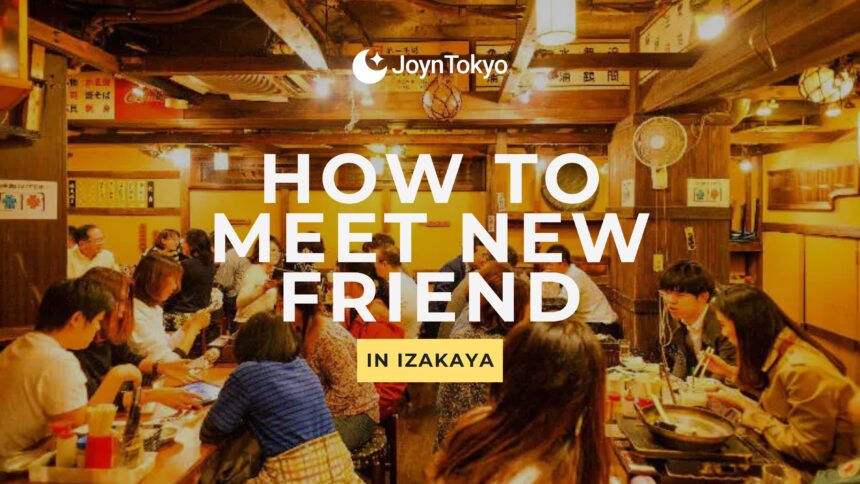Moving to Japan with children means mastering more than hiragana. One cultural bridges that parents will cross is kyūshoku — the nationally co-ordinated school-lunch program that fuels more than 93% of state-school pupils every day. This guide unpacks the history, costs, menus and paperwork so you can navigate lunchtime like a local.
A Quick Snapshot
Before we dive in, here is what most families want to know.
Key Figures
- Coverage: 93% of state primary and lower-secondary pupils
- Price: ¥250 – ¥450 per meal; about ¥4,000 – ¥5,000 per month
- Free meals: Roughly 40% of municipalities now waive fees for all children
- Waste: Less than 4g of food discarded per child, per meal
These numbers sit behind a much bigger idea: kyūshoku is treated as a living textbook that teaches nutrition, equality and community spirit.
Understanding Kyūshoku
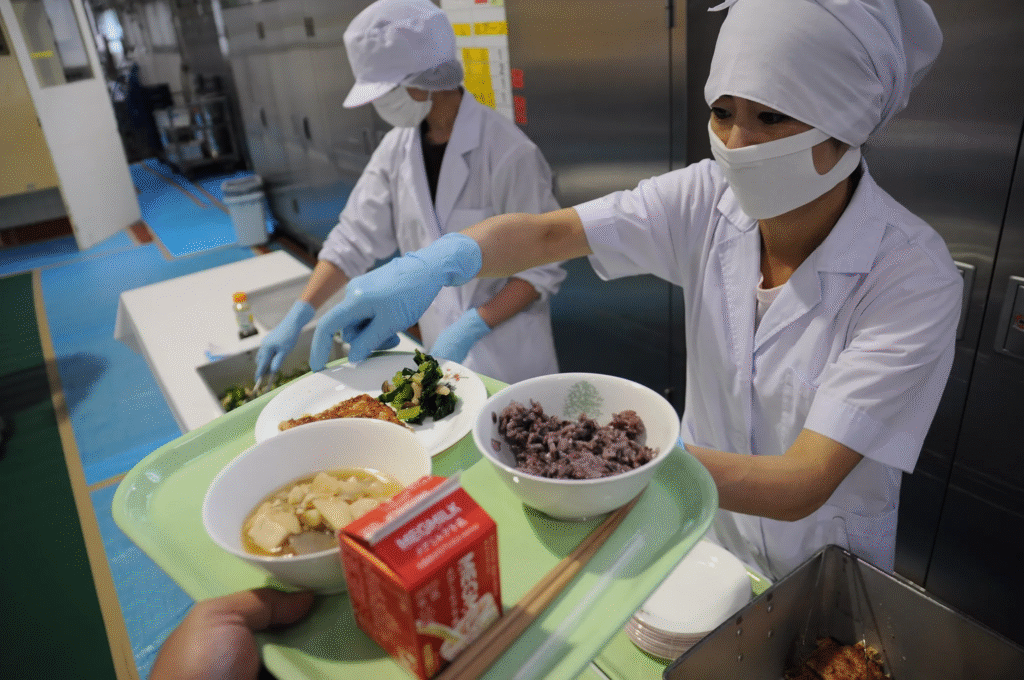
Every public-school lunch must follow standards set by the 1954 School Lunch Act. Under the act, dietitians design menus that deliver roughly one-third of a child’s daily nutritional targets, while teachers supervise the entire process as part of shokuiku (food education).
Historical Roots
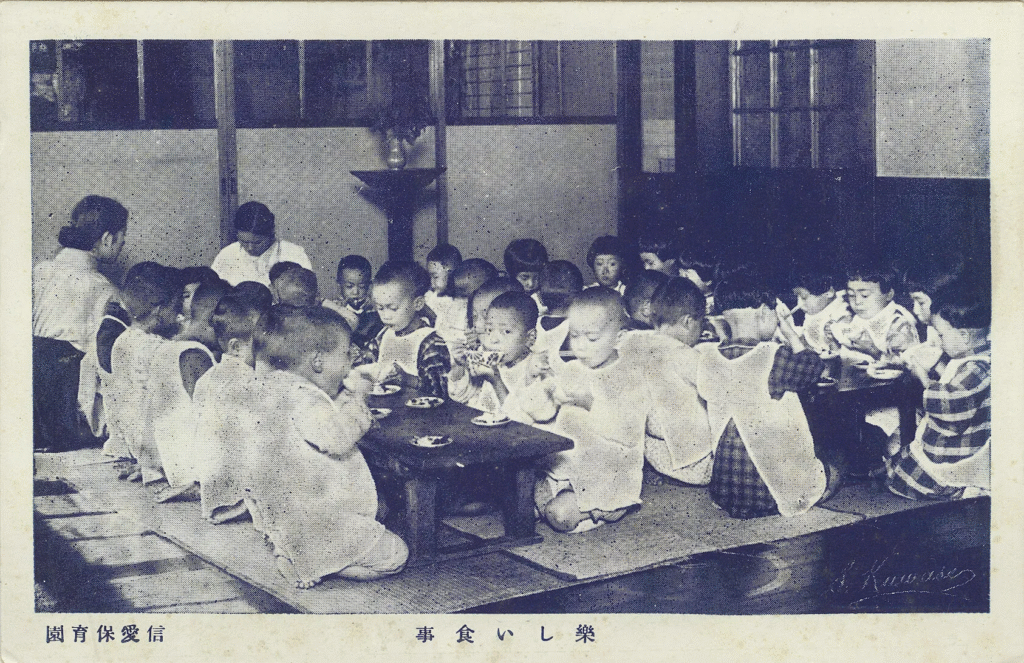
Kyūshoku began in 1889 in Yamagata Prefecture, when a temple school offered rice balls and miso soup to impoverished pupils. Post-war shortages saw the program scaled nationwide with help from foreign grain aid, cementing it within Japan’s education reforms.
Nutrition Meets Education
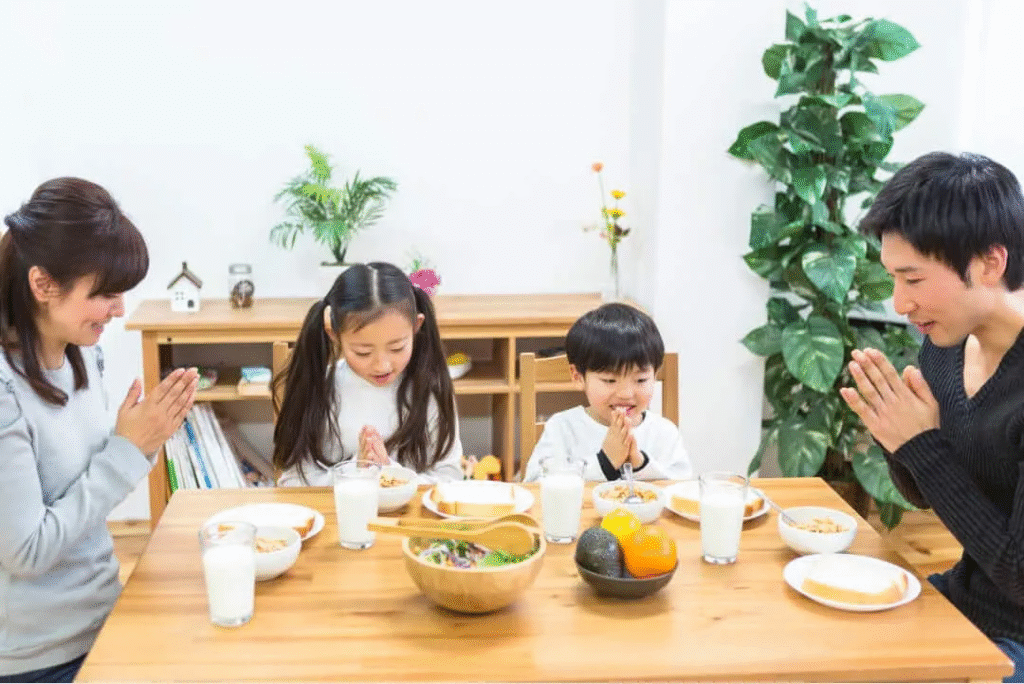
Lunchtime doubles as a civics lesson. Pupils rotate serving duties, thank farmers with a hearty, itadakimasu, and track leftovers. This routine is credited with Japan’s low childhood obesity rate and minimal plate waste.
How the System Works Nationwide
Although the Ministry of Education (MEXT) provides the rules, delivery varies by municipality.
Centralized vs On-site Kitchens
Urban wards often rely on large “ghost kitchens” that truck stainless-steel containers to dozens of schools each morning. Rural campuses and newer city schools favour on-site kitchens, allowing bread to arrive still warm and rice to be cooked minutes before serving.
Menu Planning and Seasonality
Dietitians update menus monthly, weaving in local harvests and festival foods — sardines near Setsubun, or celebratory sekihan on graduation day. Milk is near-universal, and rice is sourced locally, in order to support farmers.
Cost and Subsidies
Parents pay via automatic bank transfer, yet many cities — from Niigata to Fukuoka — now fund universal free lunches to ease living costs. Low-income households nationwide can still apply for fee waivers through the ward office.
A Day on the Tray
Around 12:20 the bell rings, masks and white caps appear, and pupils organize to serve food.
Serving and Eating
- Containers of steaming rice, mains and soup arrive from the kitchen.
- Designated servers portion equal amounts using child-sized ladles.
- The class chorus “itadakimasu!” and eat together with their teacher.
Manners and Clean-up
Afterwards, desks are wiped, teeth brushed, and waste weighed. Anything uneaten is logged—a tangible reminder of sustainability.
Alternatives to Kyūshoku
Home-made Bento

Primary schools accept packed lunches only on excursion days or for medical diets. Keep portions comparable to a kyūshoku tray and avoid sweets or fizzy drinks.
Cafeterias in Senior High

Many upper-secondary schools move to cafeteria systems where pupils buy ramen, curry or bakery items (¥300 – ¥600) with cash or an IC card.
International & Private Schools
Here, catering firms blend Western staples — pasta, wraps — with Japanese sides. Costs vary widely and may double public-school averages, so confirm during tuition planning.
Practical Tips for Foreign Parents
Enrolling and Paperwork
Your April enrolment pack will include a lunch-registration sheet. Return it quickly, as head counts determine how much rice the kitchen steams each day.
Managing Allergies and Diets
Schools request a medical certificate (ishameisho) for severe cases. Common allergens (eggs, dairy, peanuts) can often be removed if you supply approved substitutes. Faith-based or vegan diets require early consultation with the school dietitian.
Getting Involved in Shokuiku
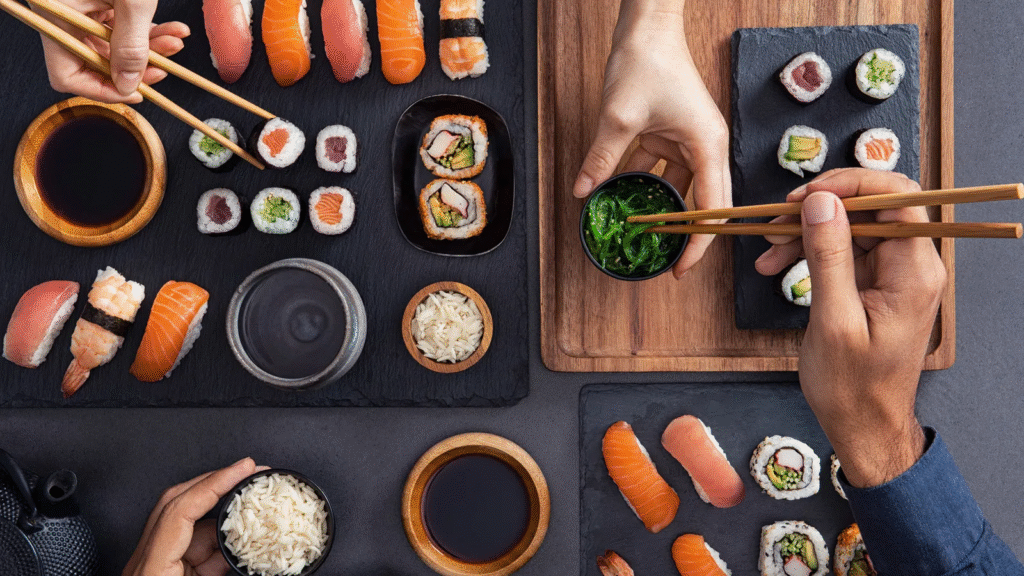
Parents may observe an “open lunch” day once a year. Volunteering to showcase an allergy-friendly or cultural dish — think lentil soup that meets the sodium cap — earns appreciation and helps children embrace diversity.
Key Takeaways on the Kyūshoku Journey
Kyūshoku is more than a midday refueling stop: it is a daily lesson in nutrition, social responsibility and Japanese hospitality. By understanding its history, seasonal rhythms, costs and allergy protocols, your family can embrace school life with confidence — whether your child savors miso-rich classics, or occasionally opts for a home-made bento.

